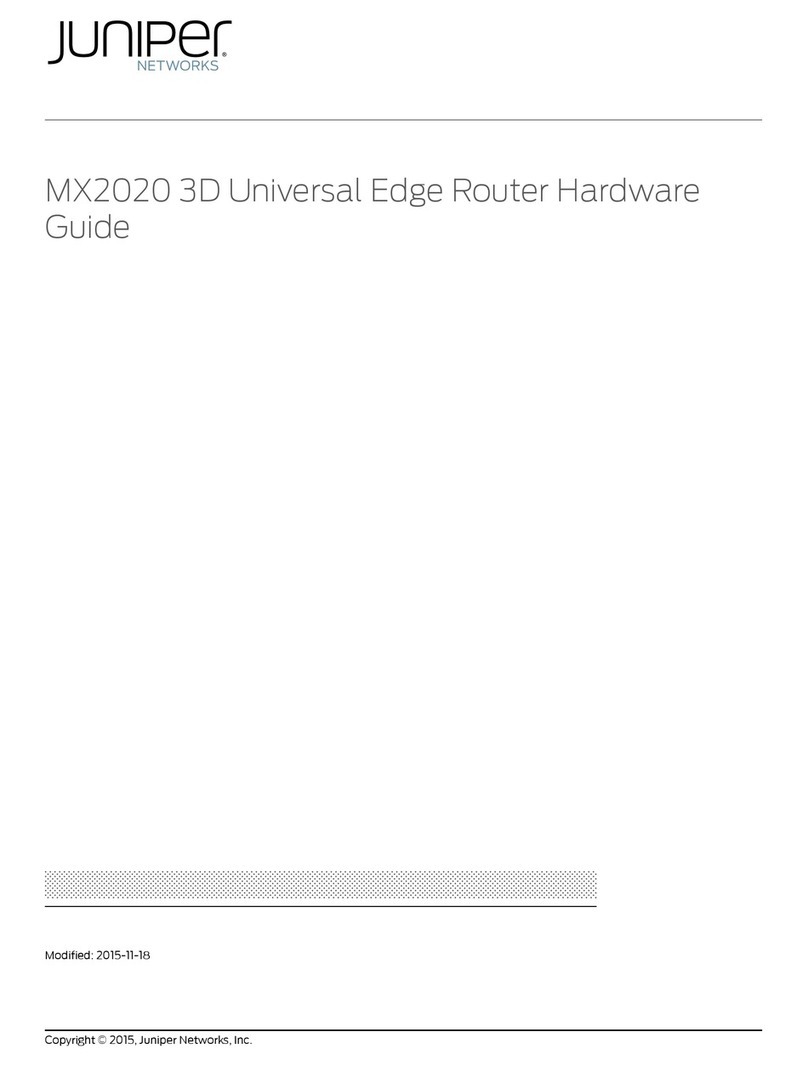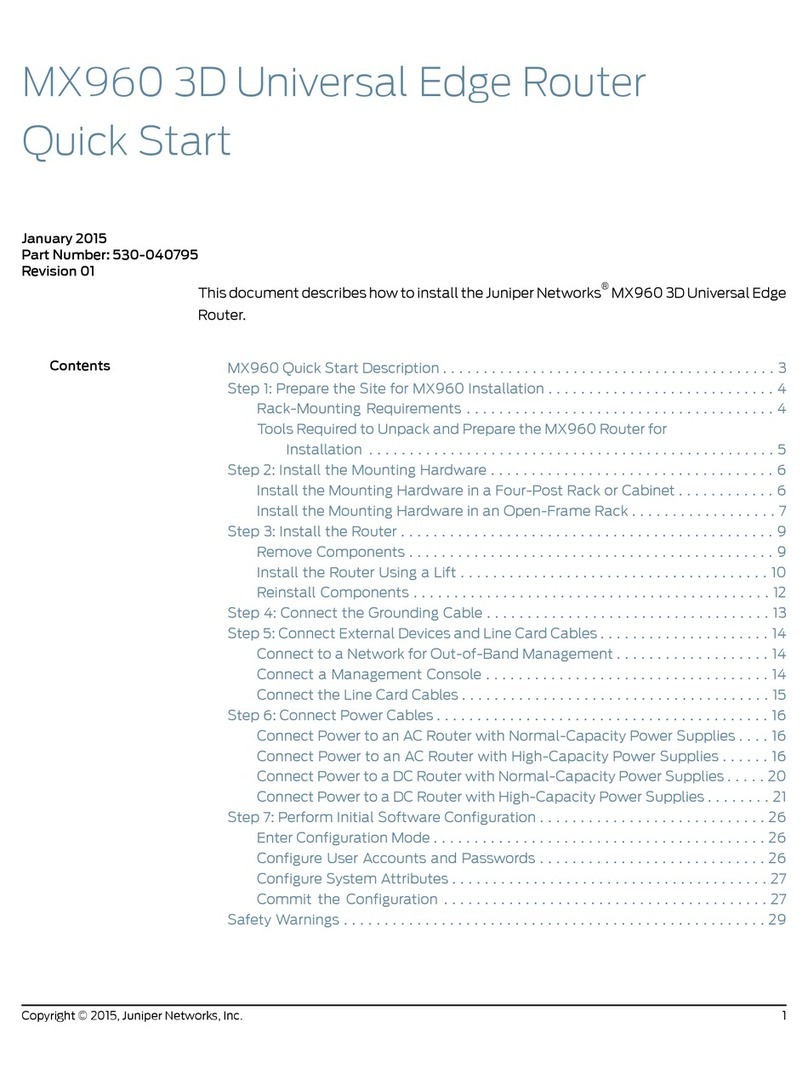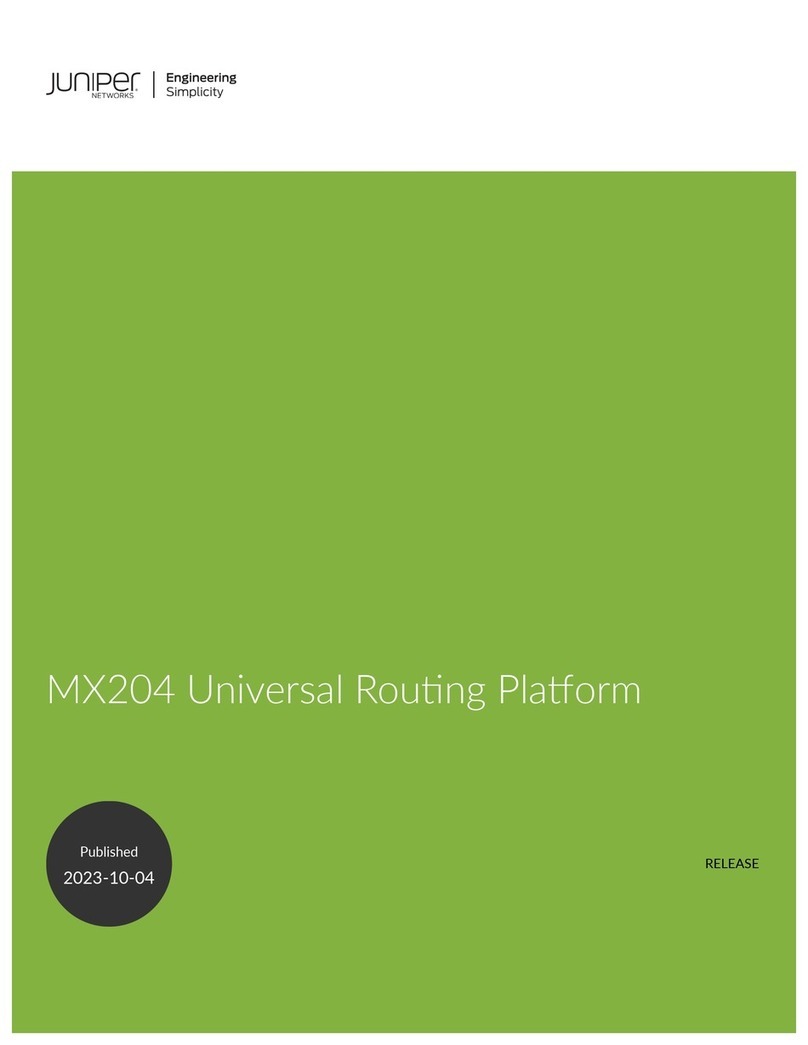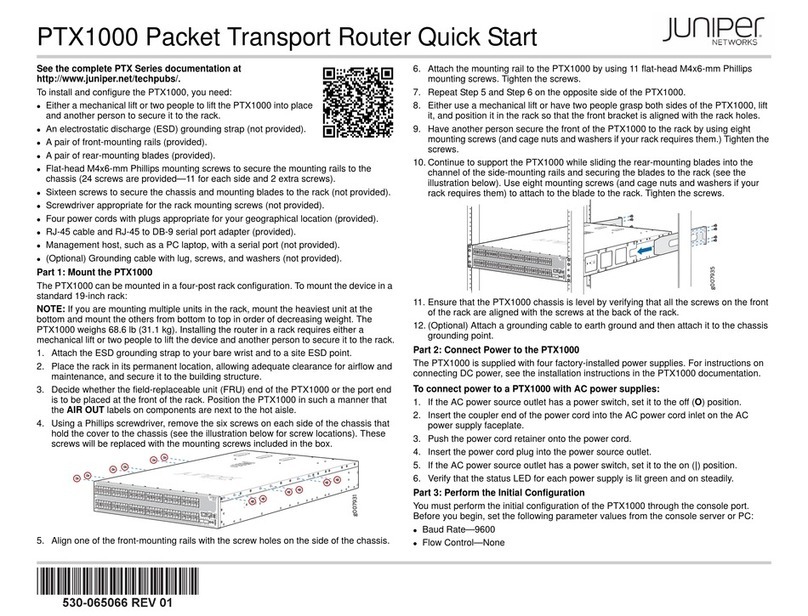Juniper ACX1000 Installation instructions
Other Juniper Network Router manuals
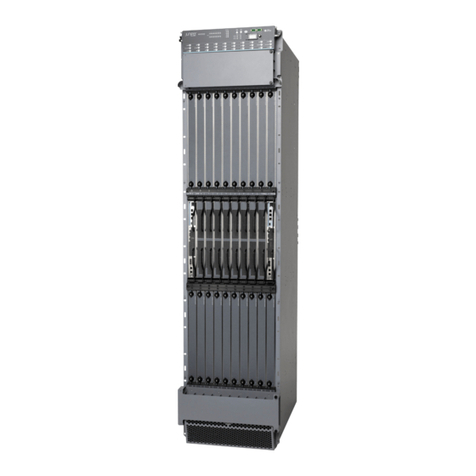
Juniper
Juniper MX2020 User manual
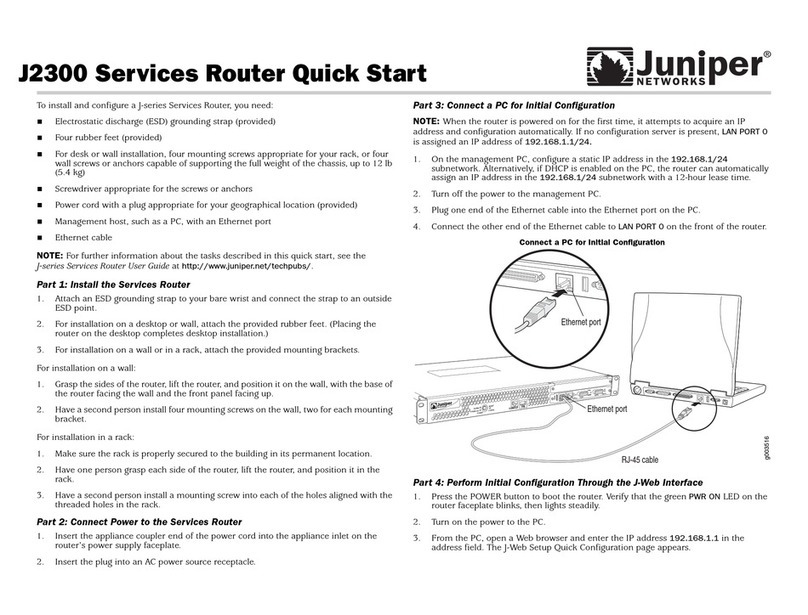
Juniper
Juniper J2300 User manual
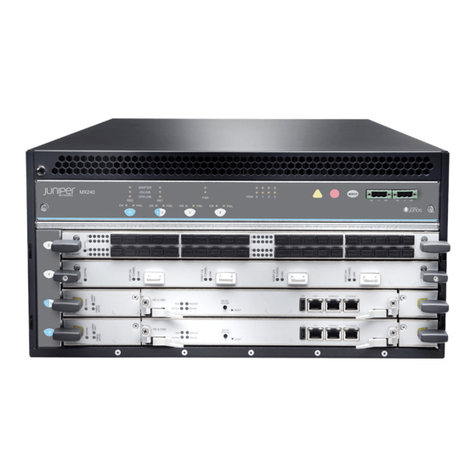
Juniper
Juniper MX240 Installation instructions

Juniper
Juniper MX2020 Installation instructions
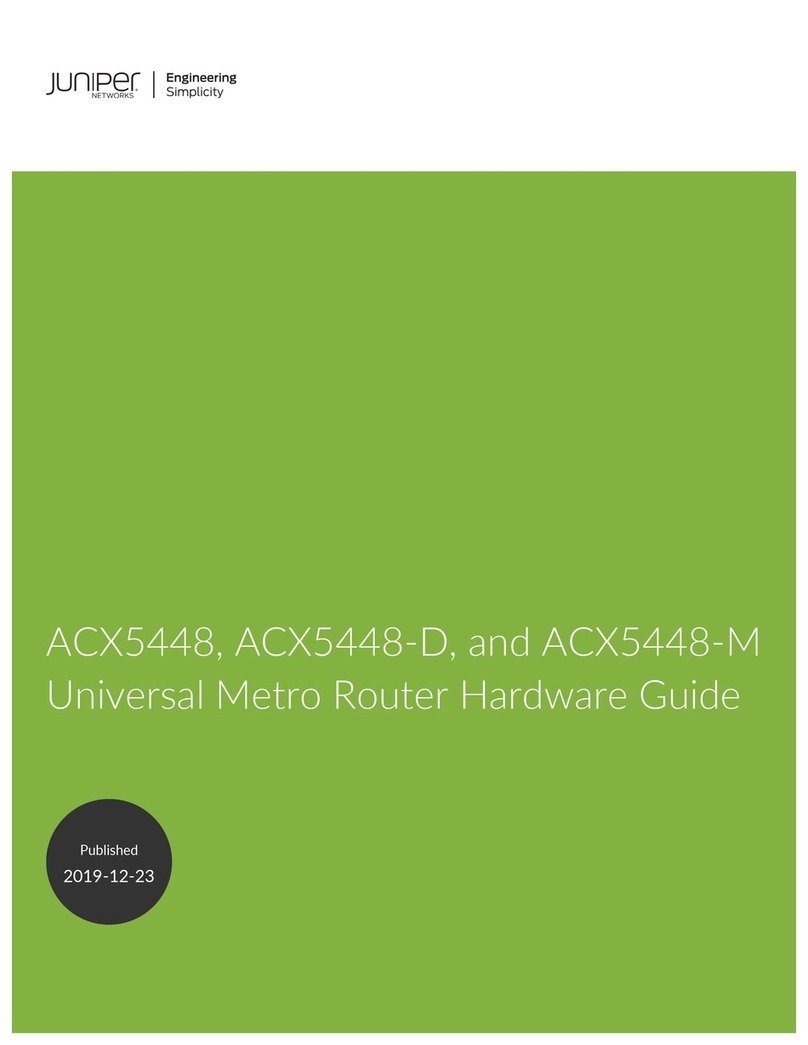
Juniper
Juniper ACX5448-D Installation instructions
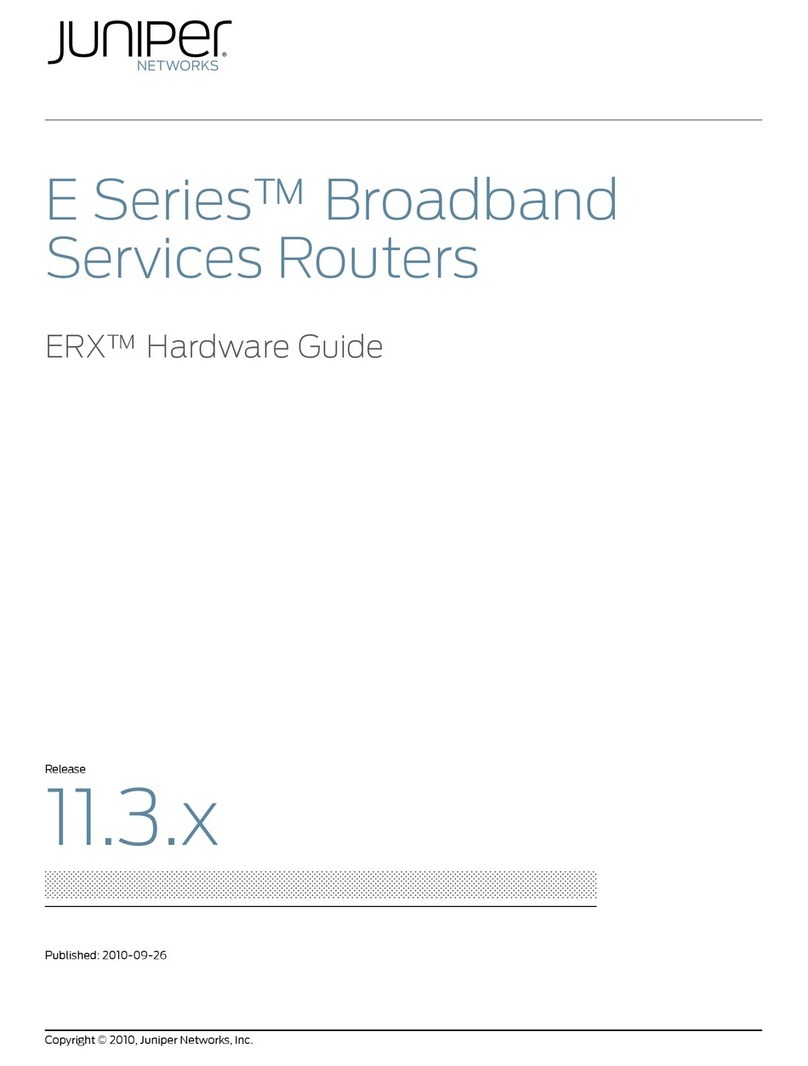
Juniper
Juniper E SERIES BROADBAND SERVICES ROUTERS 11.3.X - ERX HARDWARE GUIDE REV... Installation instructions
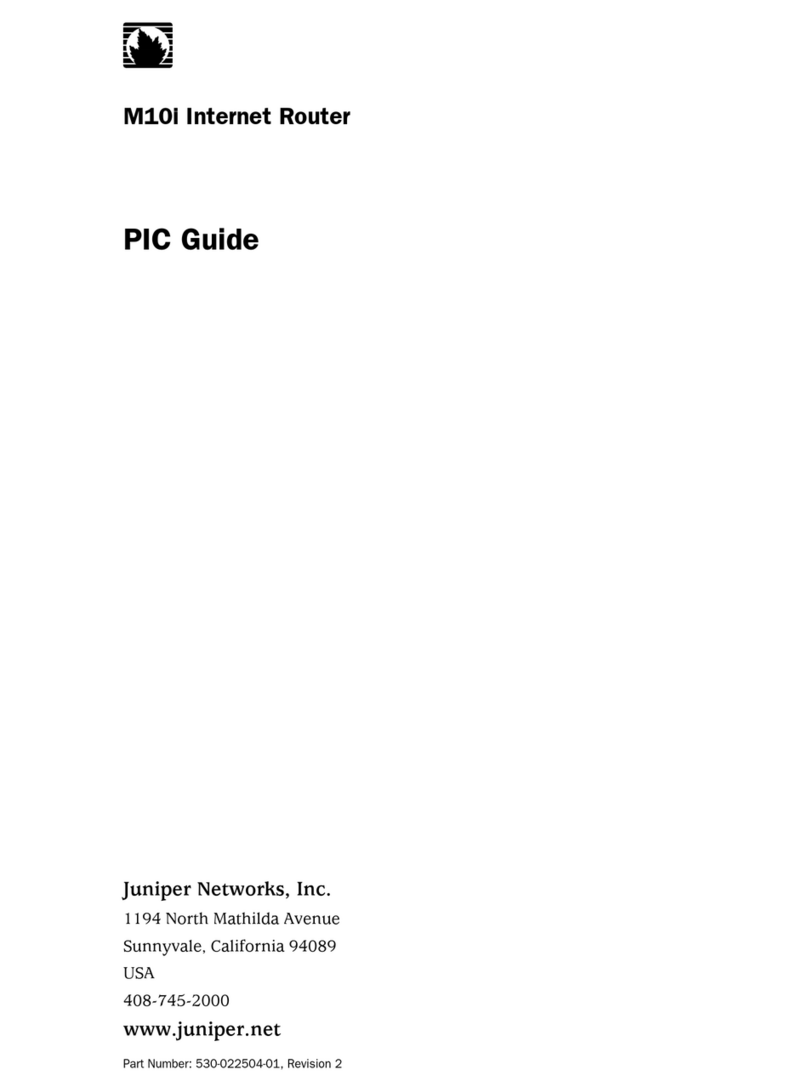
Juniper
Juniper M10i User manual
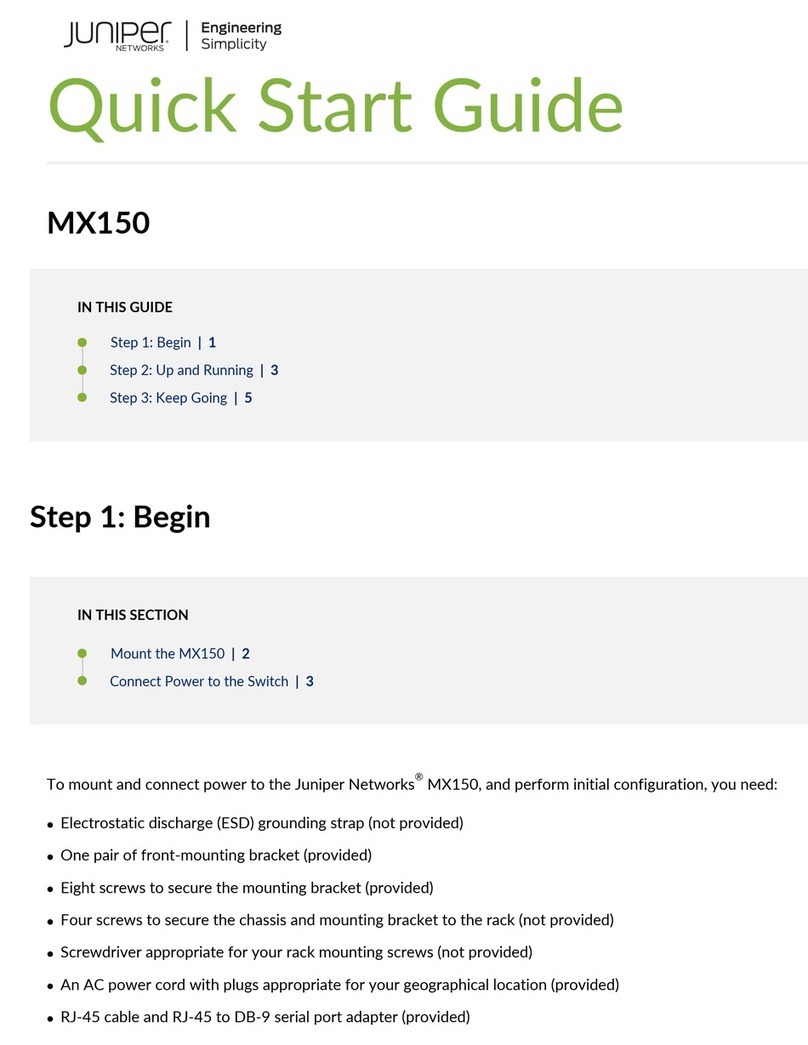
Juniper
Juniper MX150 User manual

Juniper
Juniper MX240 Installation instructions
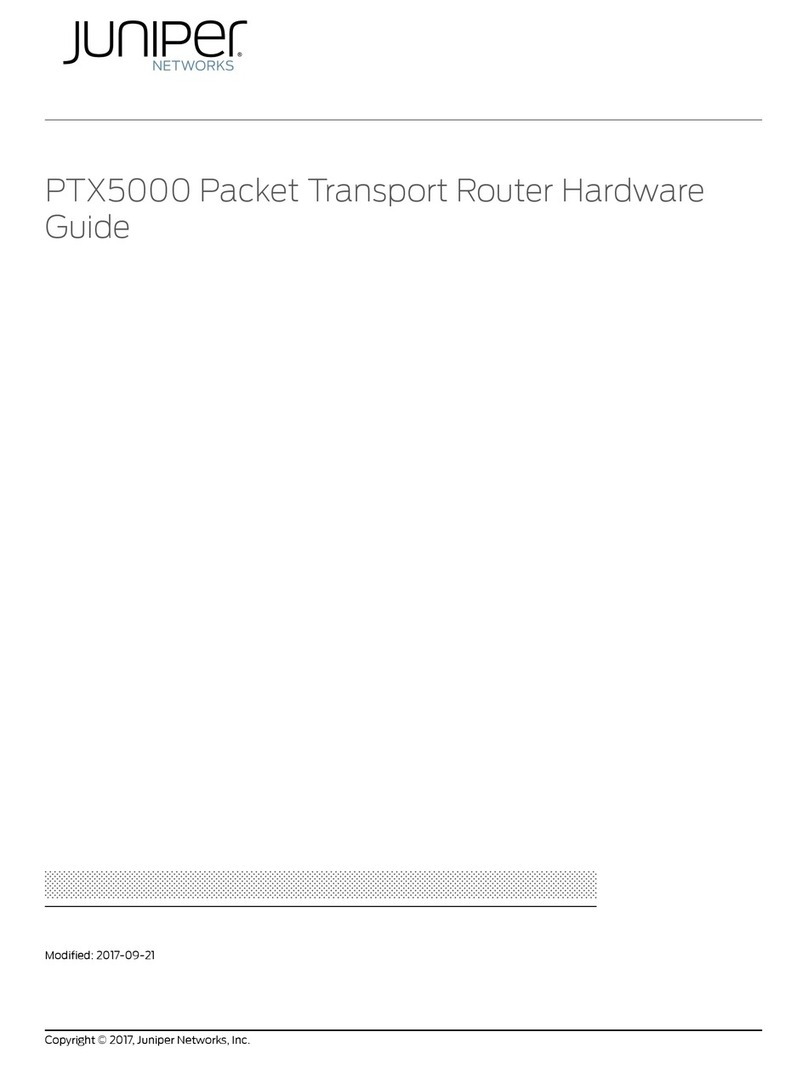
Juniper
Juniper PTX5000 Installation instructions
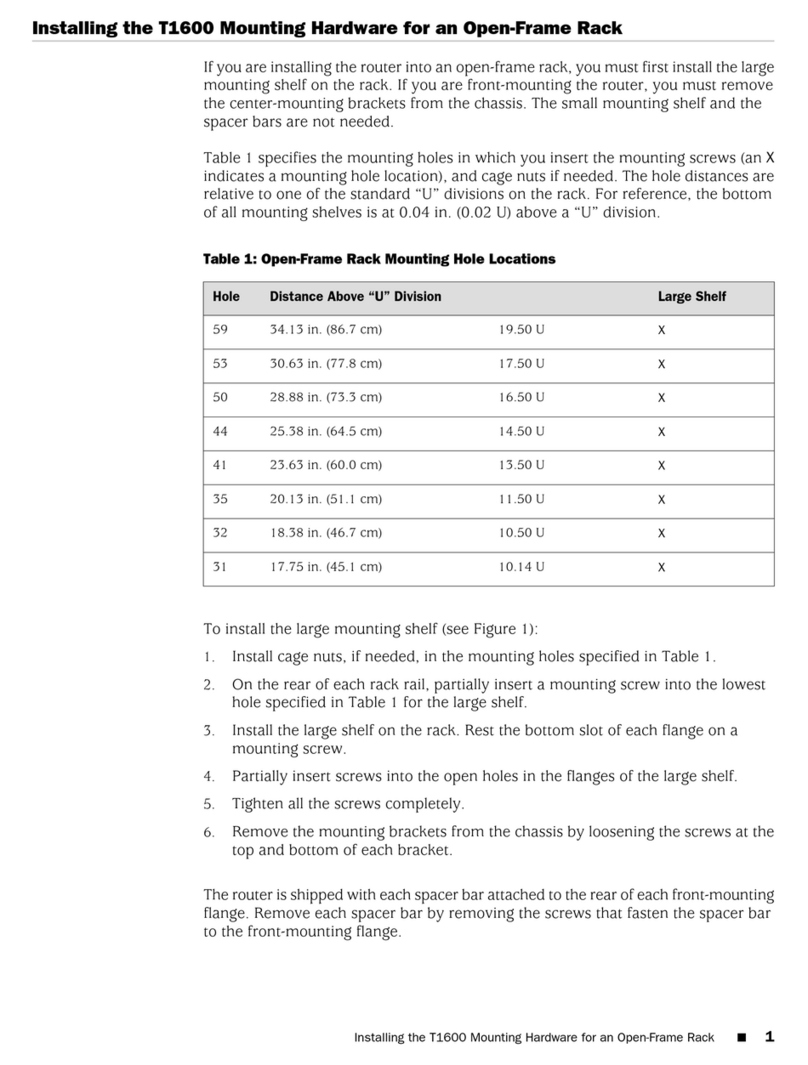
Juniper
Juniper T1600 User manual
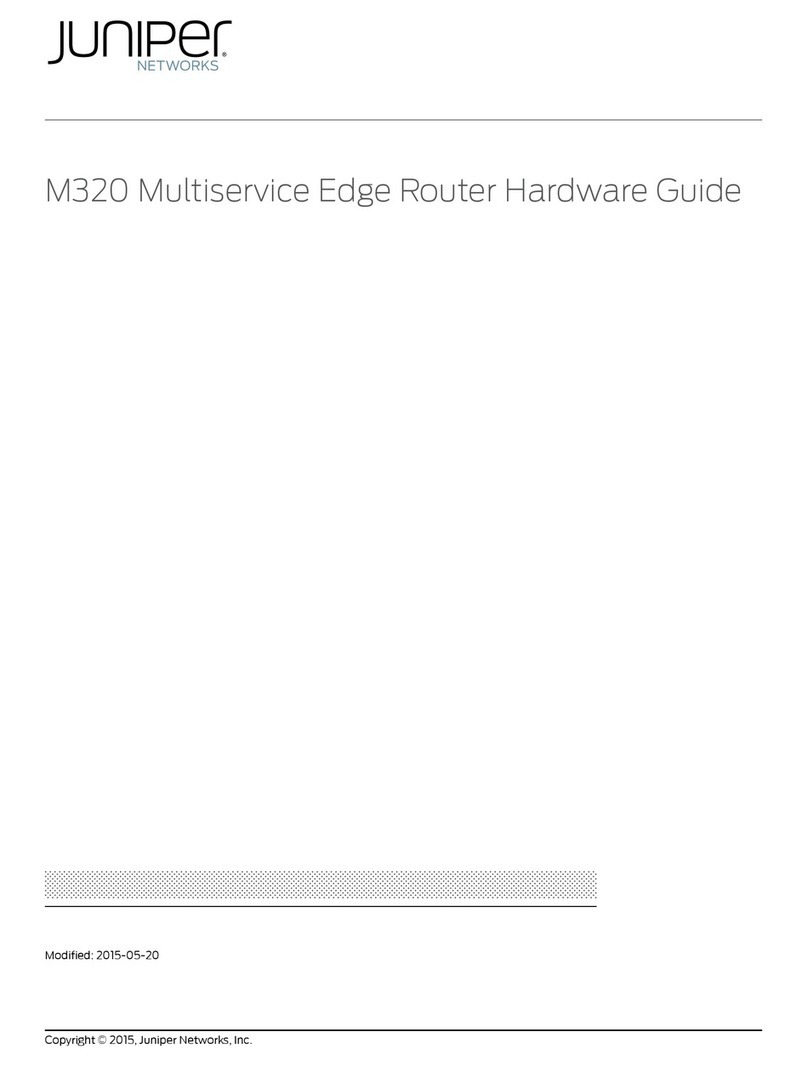
Juniper
Juniper M320 Installation instructions
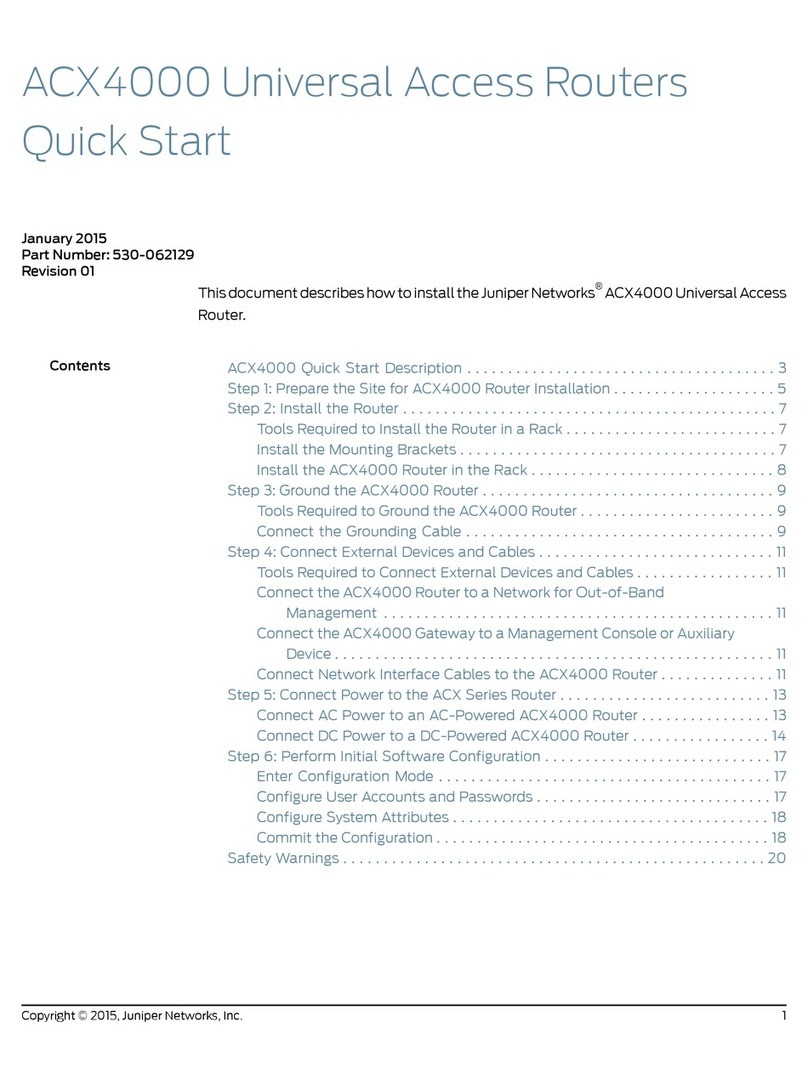
Juniper
Juniper ACX4000 User manual
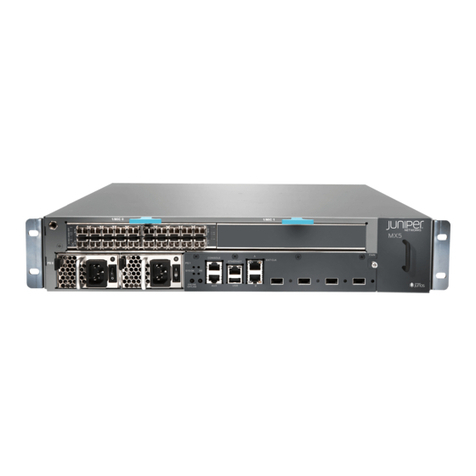
Juniper
Juniper MX5 Installation instructions
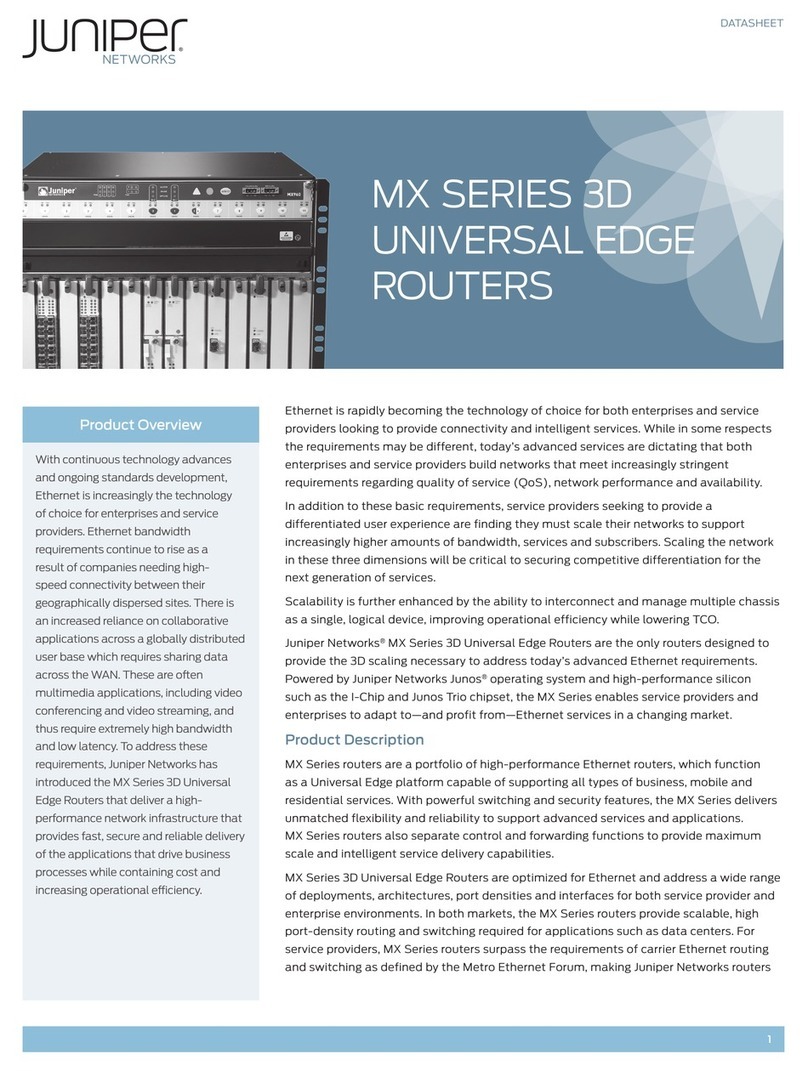
Juniper
Juniper MX Series User manual
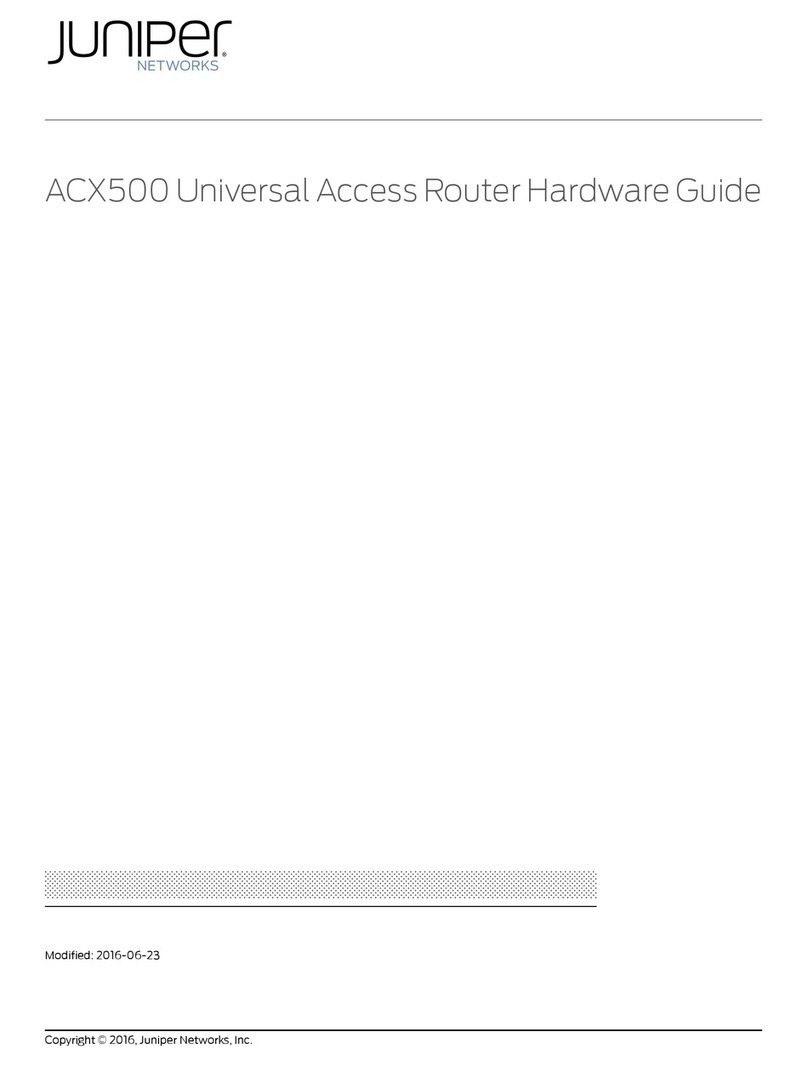
Juniper
Juniper ACX500 Installation instructions
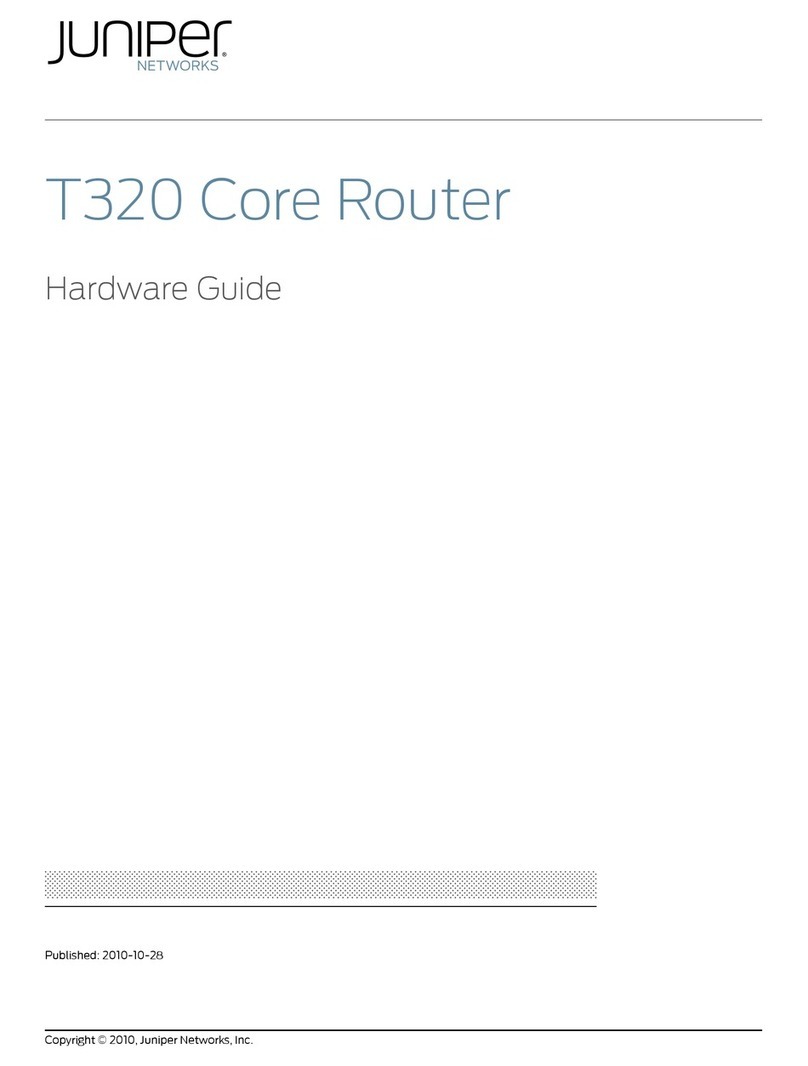
Juniper
Juniper T320 Installation instructions
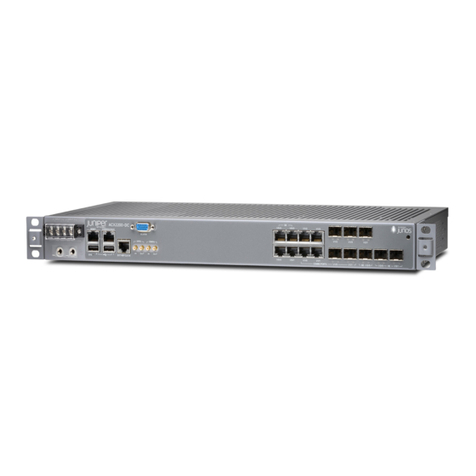
Juniper
Juniper ACX2200 User manual
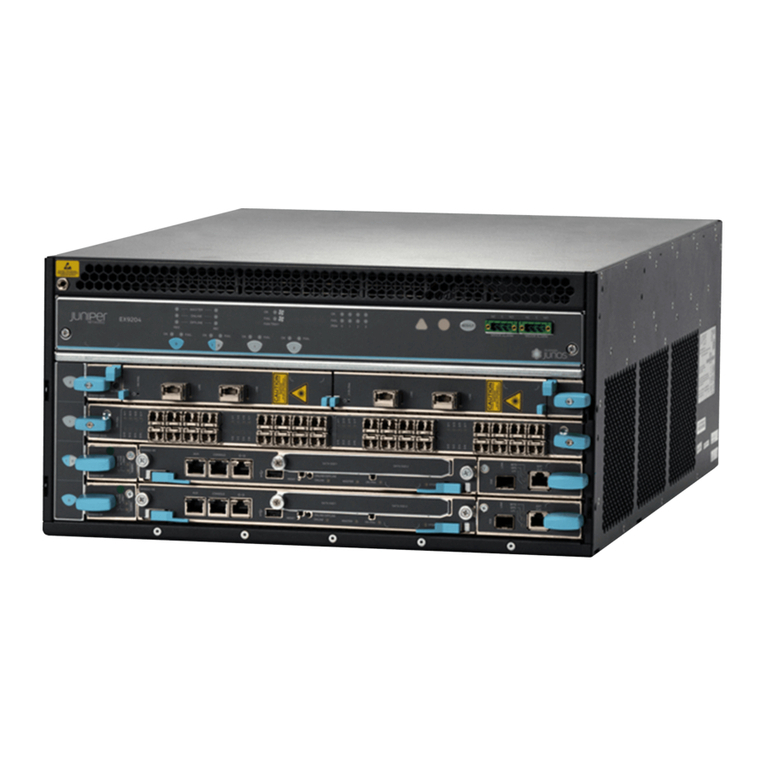
Juniper
Juniper EX9200 Series Specification sheet

Juniper
Juniper PTX5000 User manual
Popular Network Router manuals by other brands

TRENDnet
TRENDnet TEW-435BRM - 54MBPS 802.11G Adsl Firewall M Quick installation guide

Siemens
Siemens SIMOTICS CONNECT 400 manual

Alfa Network
Alfa Network ADS-R02 Specifications

Barracuda Networks
Barracuda Networks Link Balancer quick start guide

ZyXEL Communications
ZyXEL Communications ES-2024PWR Support notes

HPE
HPE FlexNetwork 5510 HI Series Openflow configuration guide
